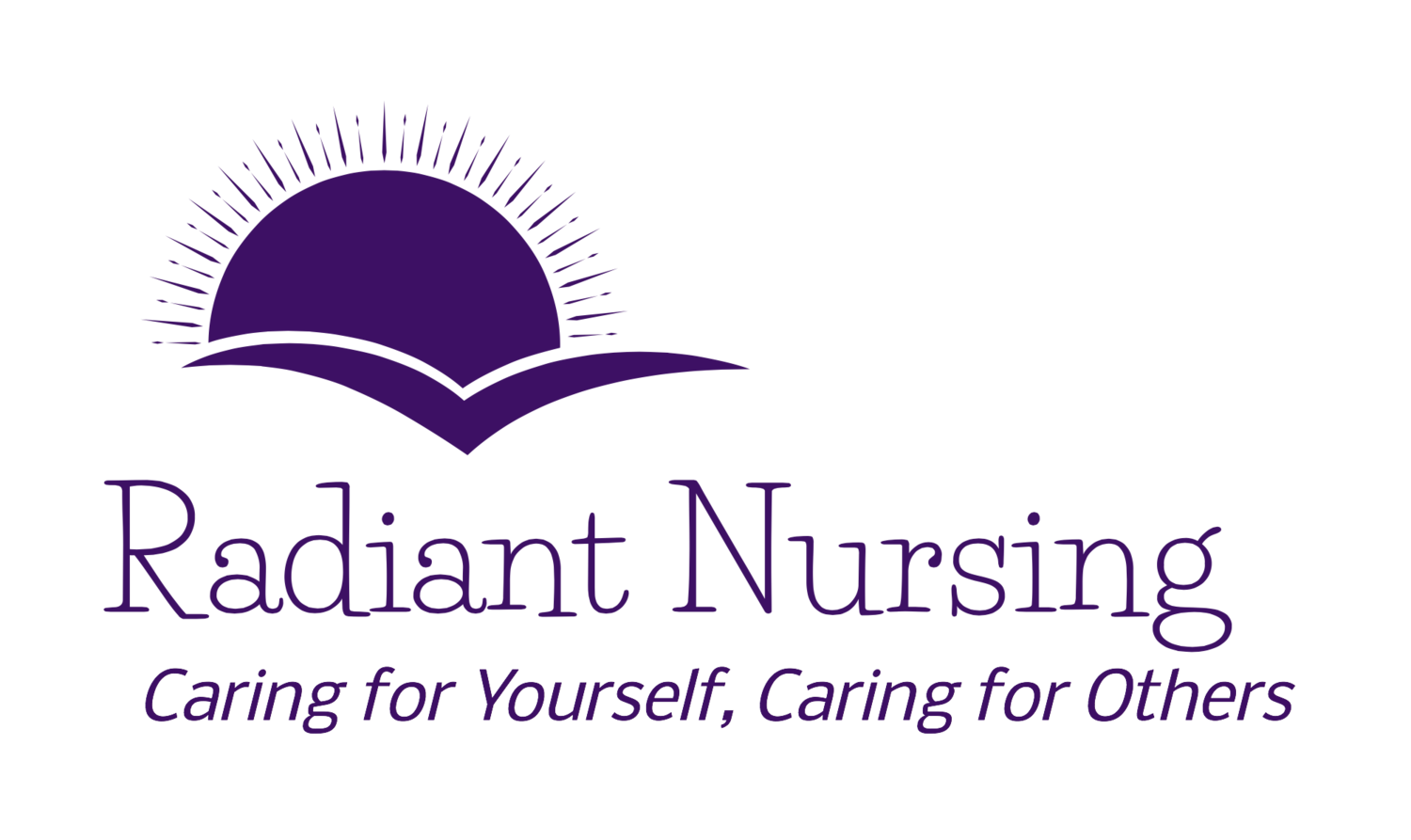Winter Storms And Healthcare Personnel
/Winter Storm Blasts East Coast
One of the biggest winter storms on record came rumbling into the East Coast in January 2016. Although we only had some "sympathy rain" in California – watching the intense news coverage made me feel like I should stay home, if nothing else, as a show of solidarity. Actually, that sounded good to me.
Any excuse to bake, prepare nourishing soups and catch up on reading. The to-do list also included practical things like sorting through drawers, but whoever does practical things at times like this?
Winter Soups
Soups in winter nourish and warm our hearts. It harkens back to the collective memory of an ancient hearth with wide bubbling pots hanging on iron hooks over a crackling fire. Homemade soups I prepared were Roasted Beet/Garlic Soup and Pasta e Fagioli (pasta and bean soup).
Essential Personnel
One thing I didn't miss was being identified as "essential personnel." Over many years I have been essential personnel; the folks who don't get to hunker down and stay home during a storm. Nurses and healthcare workers who provide direct patient care still have to get to work.
While elective surgeries can be cancelled and rescheduled, patients in hospital units still require round-the-clock, skilled medical care. Wound dressings need to be changed, tracheal tubes must be suctioned, and medications still need to be delivered on time.
Travel Bans
The news media went wild trying to fill up over 24 hours of constant video of the storm. There are only so many falling snowflakes that you can watch. With 24/7 coverage, I was hoping to see some stories on how they were manning hospitals, especially when New York City called for a travel ban.
“Road travel ban in effect in New York City starting at 2:30 p.m. ET.
Anyone not authorized to be on the roads will be subject to arrest, and their car will be towed.”
Alas, despite my tweet suggesting the story line to CNN and ABC, I didn't see any in-depth reporting on it. Oh well, so much for the suggestions of the little people.
Working In The Storm
When I lived in Maryland, I was a Registered Nurse at Johns Hopkins Hospital on the Pediatric unit. A winter storm careened into the area, it was the December 1992 nor'easter. Perhaps not as large as the recent one, but, it was a storm that, nonetheless, would shut down the area.
I was scheduled to work several 12-hour night shifts during the storm. Plans were coordinated for personnel to sleep over at the hospital between shifts, if they desired, as it was not at all certain one could make it home or back again. Abandoning fellow workers and forcing them to carry on past their already completed 12-hour shifts was simply not an option.
Get To The Hospital
I packed a small bag and prepared a lunchbox to help tide me over the long 36 hours. Volunteers in the community with 4-wheel drive vehicles offered to transport healthcare workers to and from the hospital. I hitched a ride with a local driver and we chatted aimlessly as we inched our way along snowy roads.
We made it through the storm, patients were cared for and my shifts completed. I managed to get some sleep despite the odd circumstances and I was happy to return home once the storm had passed.
Thank You To Those Who Serve
Police, fire, medical personnel look out for us. In this recent storm, the National Guard were also called up as well as municipal workers.
I often think of those who quietly provide our healthcare and public services. They work nights while we snuggle in sleep and they cover 3-day weekends that the rest of us enjoy. They care for us in the background while we carry on in our daily lives of sturm und drang. I deeply appreciate them, especially now that I can stay home during storms.
Thank you for your service.
Man walking in snow: Carlos Barria/Reuters
Shoveling snow: Shannon Stapleton/Reuters
Umbrellas in snow: Joshua Roberts/Reuters






